The Orion Space Capsule: NASA's Next Spaceship (Photos)
Ascent Abort-2 Test
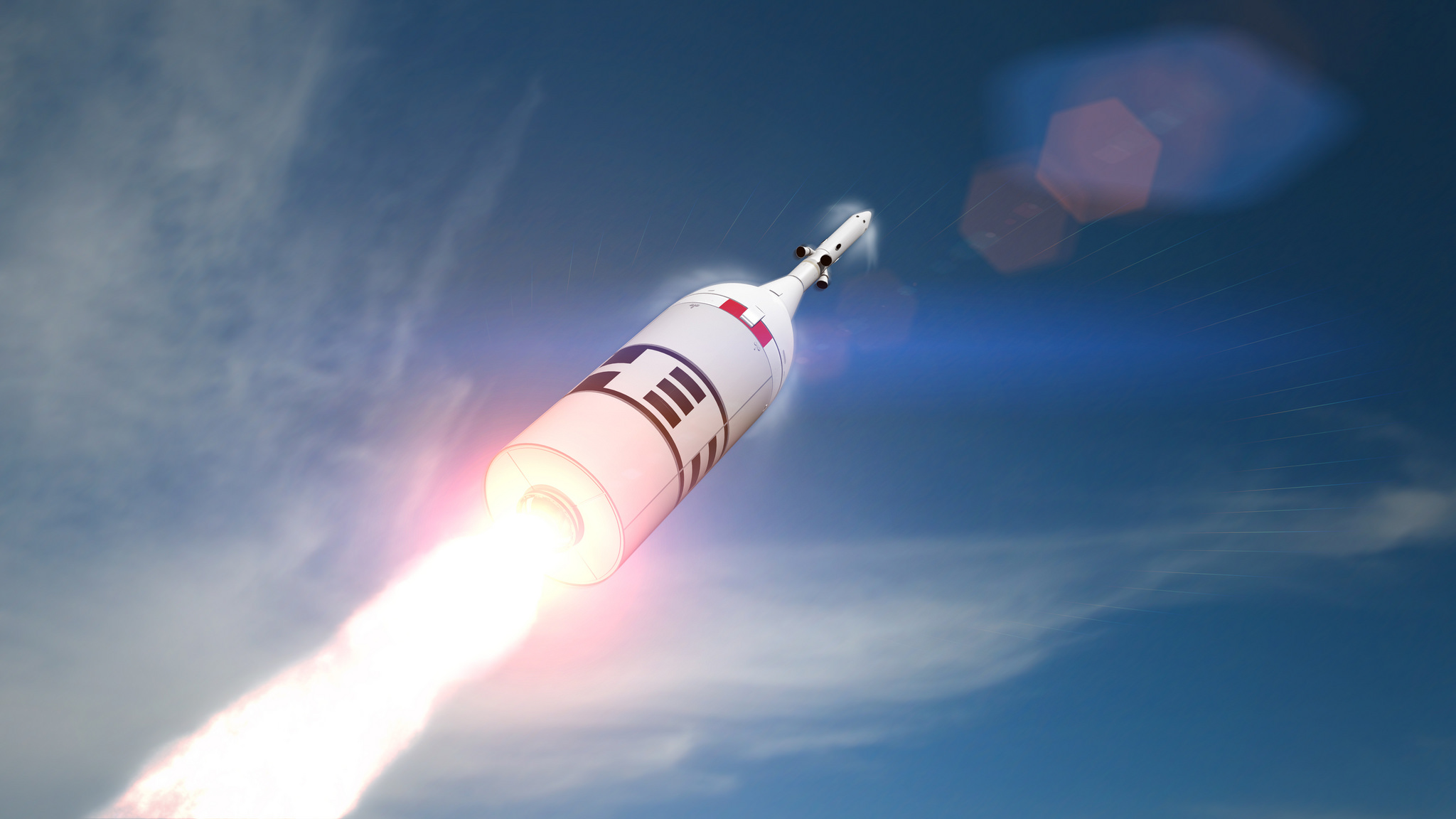
The 3-minute test will launch the capsule to an altitude of about 31,000 feet (9.4 kilometers). [Year to Abort: NASA Preps Orion Capsule for 2019 Ascent Abort-2 Test]
Initiating Abort Sequence
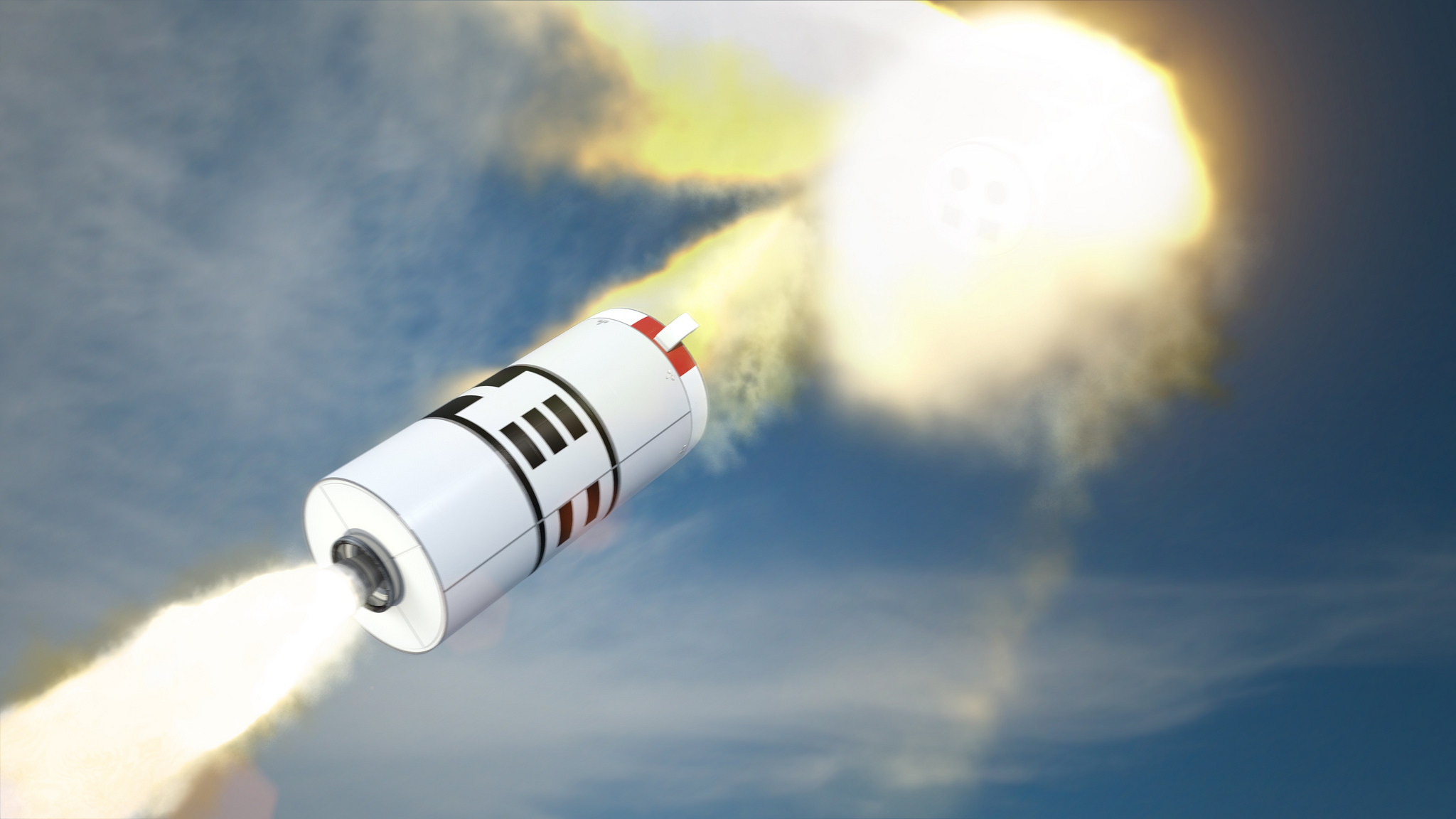
The abort sequence will initiate at 55 seconds, when the abort motor will fire, separating the crew module from the launch vehicle. [Year to Abort: NASA Preps Orion Capsule for 2019 Ascent Abort-2 Test]
Reorienting the Crew Module
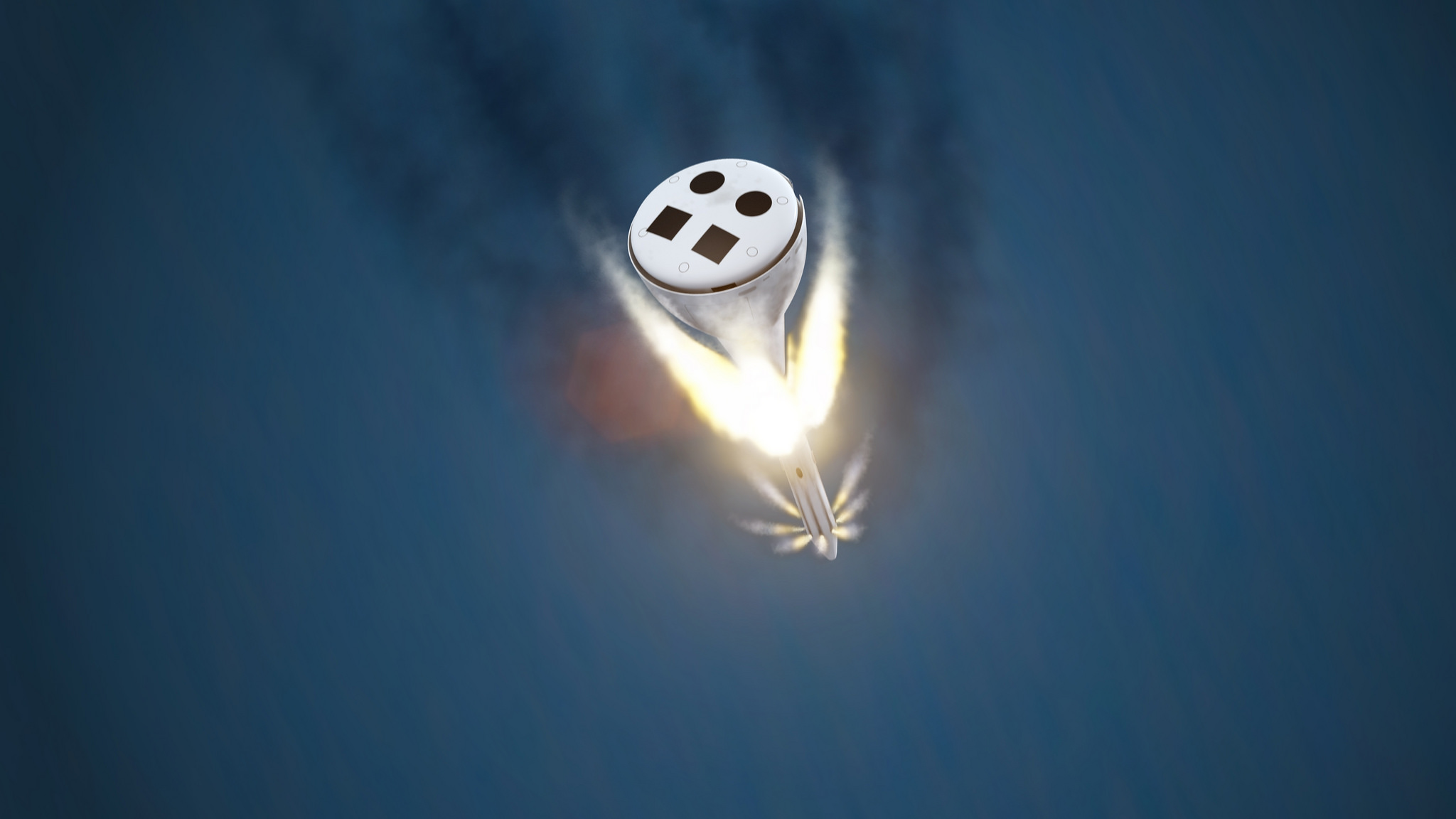
After separating from the launch vehicle, the Orion space capsule's attitude control motor will reorient the spacecraft to allow the Orion capsule to safely separate at an altitude of about 43,000 feet (13 km). [Year to Abort: NASA Preps Orion Capsule for 2019 Ascent Abort-2 Test]
Capsule Separation
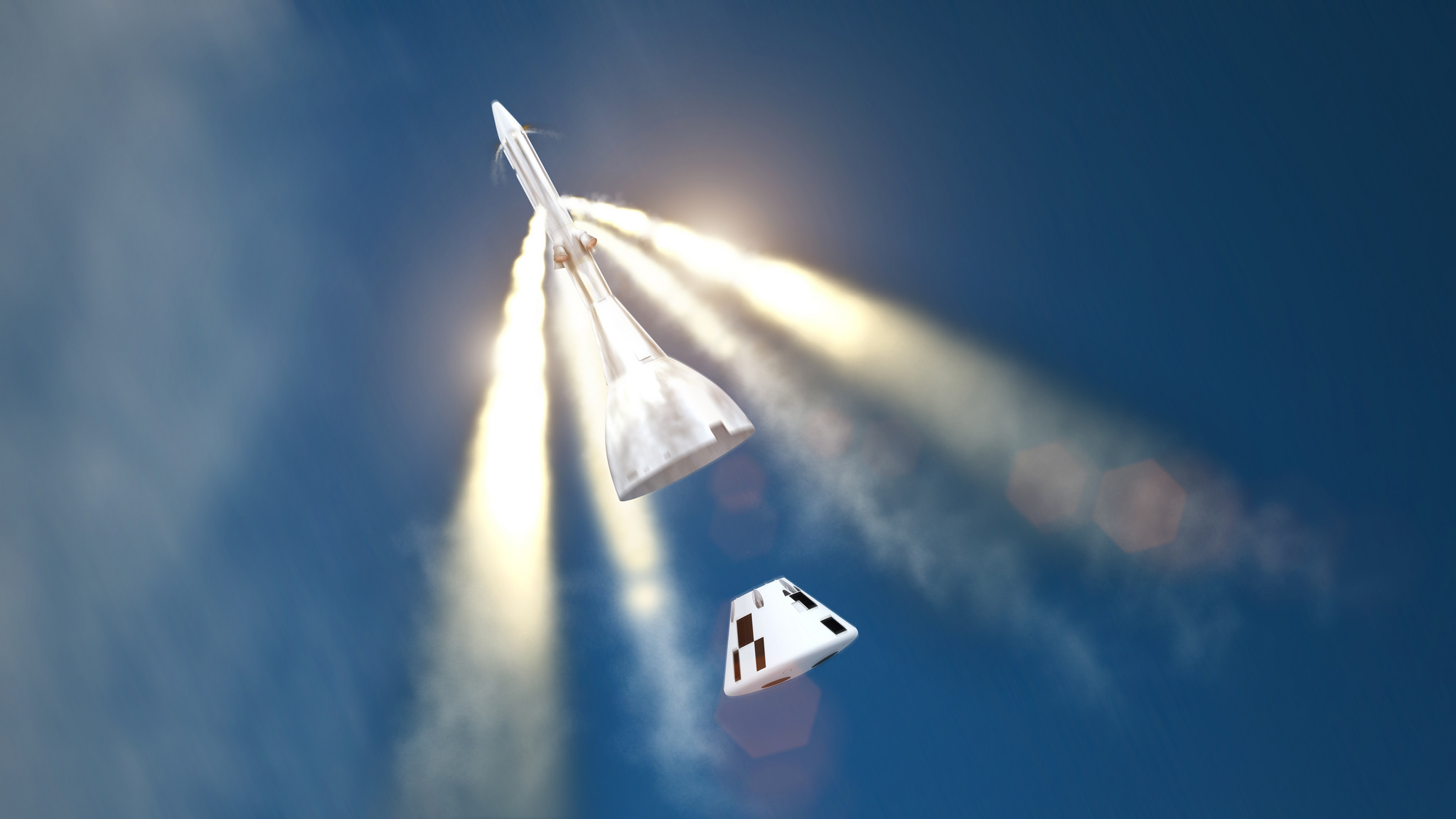
Once the module is oriented properly, the jettison motor will fire, separating the launch abort system from the crew module at an altitude of 44,000 feet (13.4 km). [Year to Abort: NASA Preps Orion Capsule for 2019 Ascent Abort-2 Test]
Data Recorders Ejected
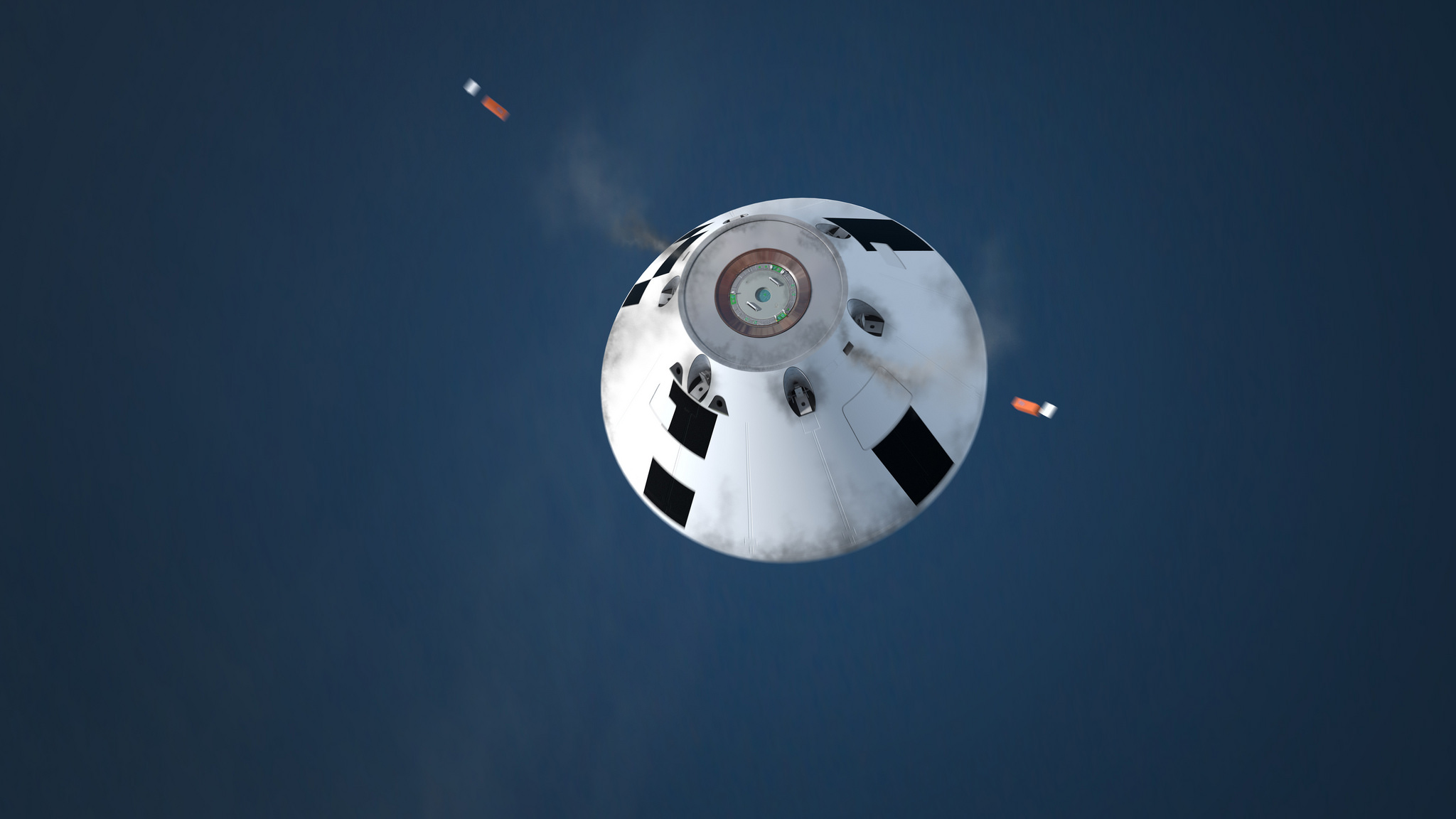
Data recorders are jettisoned from the Orion space capsule during the test. Parachutes will help the capsule slow down if and when a crew is on board, but parachutes won't be used during this uncrewed abort test. [Year to Abort: NASA Preps Orion Capsule for 2019 Ascent Abort-2 Test]
Launch Abort Motor on Orion Spacecraft
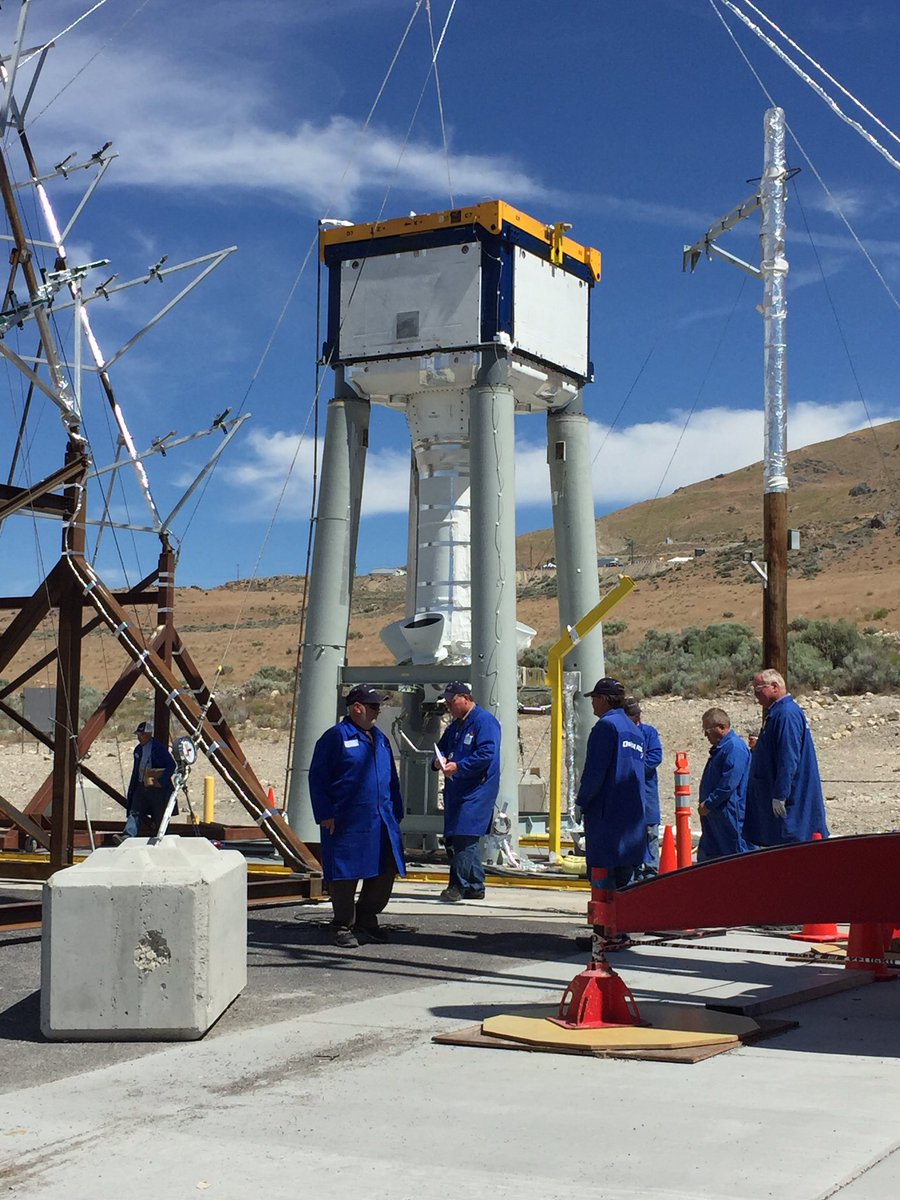
The launch abort motor ahead of the static fire test. The motor is over 17 feet long, three feet wide, and has four nozzles that expel the ignited propellant.
Astronauts Inside Orion Capsule Mockup
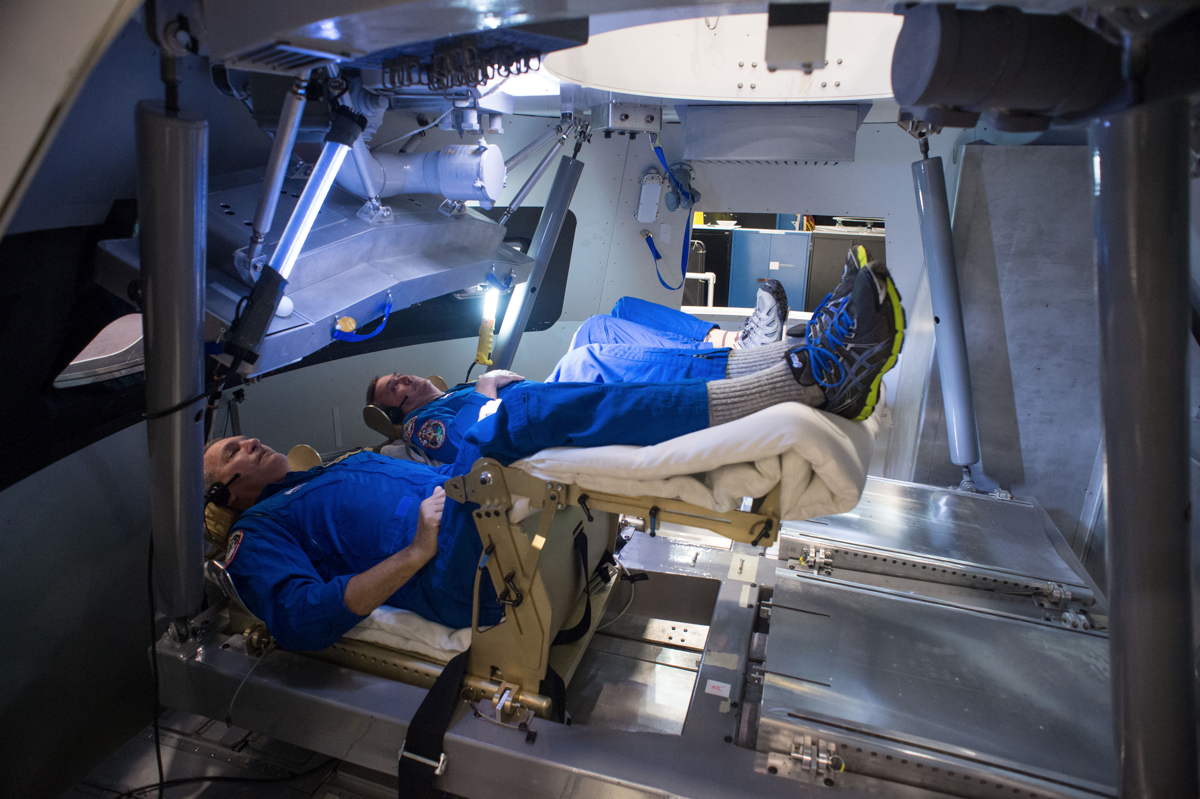
Astronauts Rick Linnehan and Mike Foreman try out a prototype display and control system inside an Orion spacecraft mockup at Johnson Space Center during the first ascent and abort simulations for the program. Image released Sept. 26, 2013.
Get the Space.com Newsletter
Breaking space news, the latest updates on rocket launches, skywatching events and more!
Bobbing in the Water
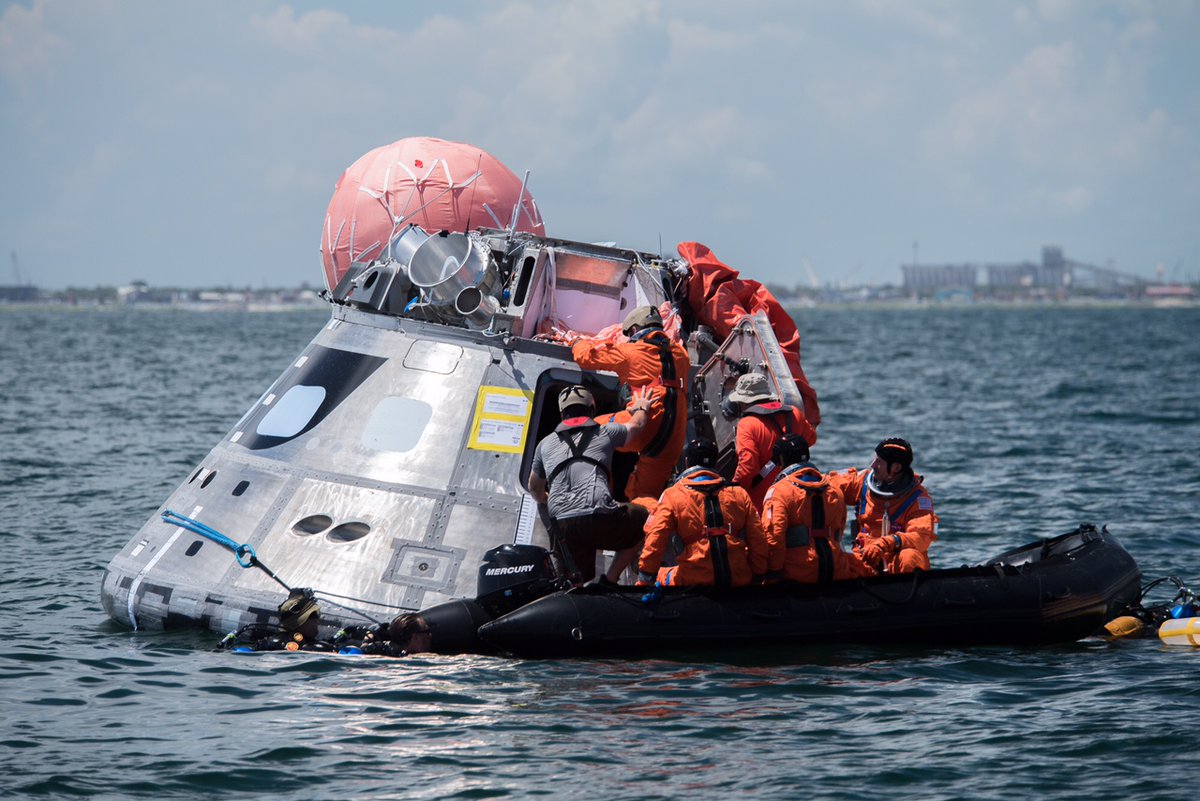
NASA astronauts were transported by dinghy to the Orion space capsule in the Gulf of Mexico, where they boarded the spacecraft to test out exit procedures.
Orion Space Capsule Side View
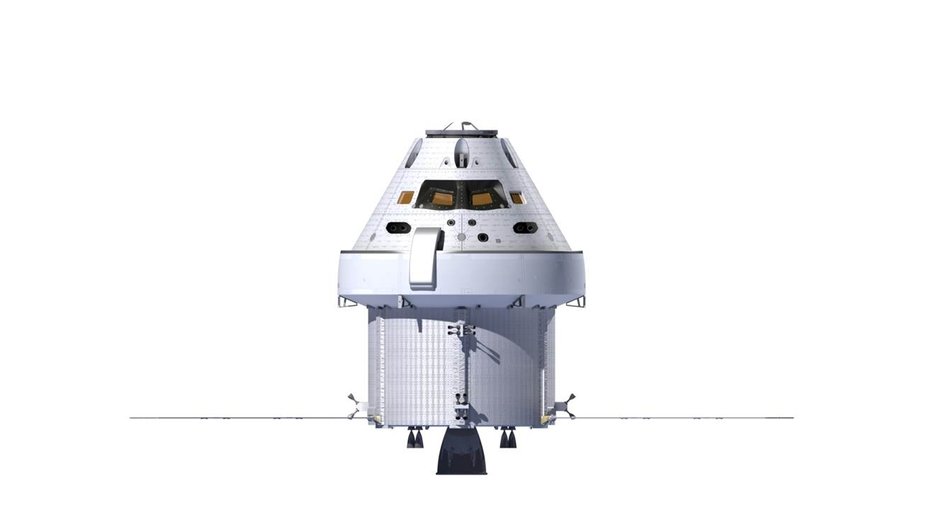
The rocket will launch astronauts into space on NASA's Orion Multi-Purpose Crew Vehicle, and serve as the go-to booster for U.S. missions to explore asteroids and, eventually, Mars.
Orion Space Capsule 4-Panel Solar Array
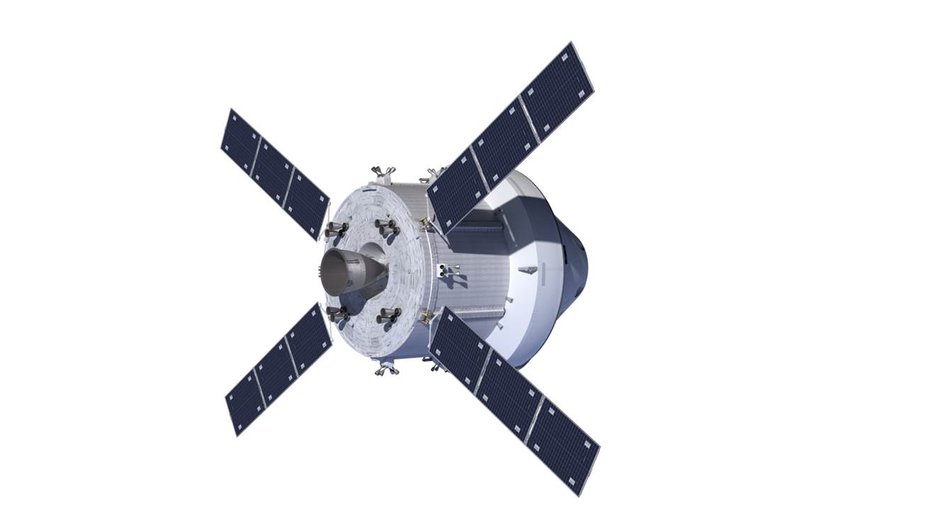
NASA is targeting its first unmanned Space Launch System flight for 2020, with the first crewed Orion flight to follow in 2022.
Join our Space Forums to keep talking space on the latest missions, night sky and more! And if you have a news tip, correction or comment, let us know at: community@space.com.

Space.com is the premier source of space exploration, innovation and astronomy news, chronicling (and celebrating) humanity's ongoing expansion across the final frontier. Originally founded in 1999, Space.com is, and always has been, the passion of writers and editors who are space fans and also trained journalists. Our current news team consists of Editor-in-Chief Tariq Malik; Editor Hanneke Weitering, Senior Space Writer Mike Wall; Senior Writer Meghan Bartels; Senior Writer Chelsea Gohd, Senior Writer Tereza Pultarova and Staff Writer Alexander Cox, focusing on e-commerce. Senior Producer Steve Spaleta oversees our space videos, with Diana Whitcroft as our Social Media Editor.









